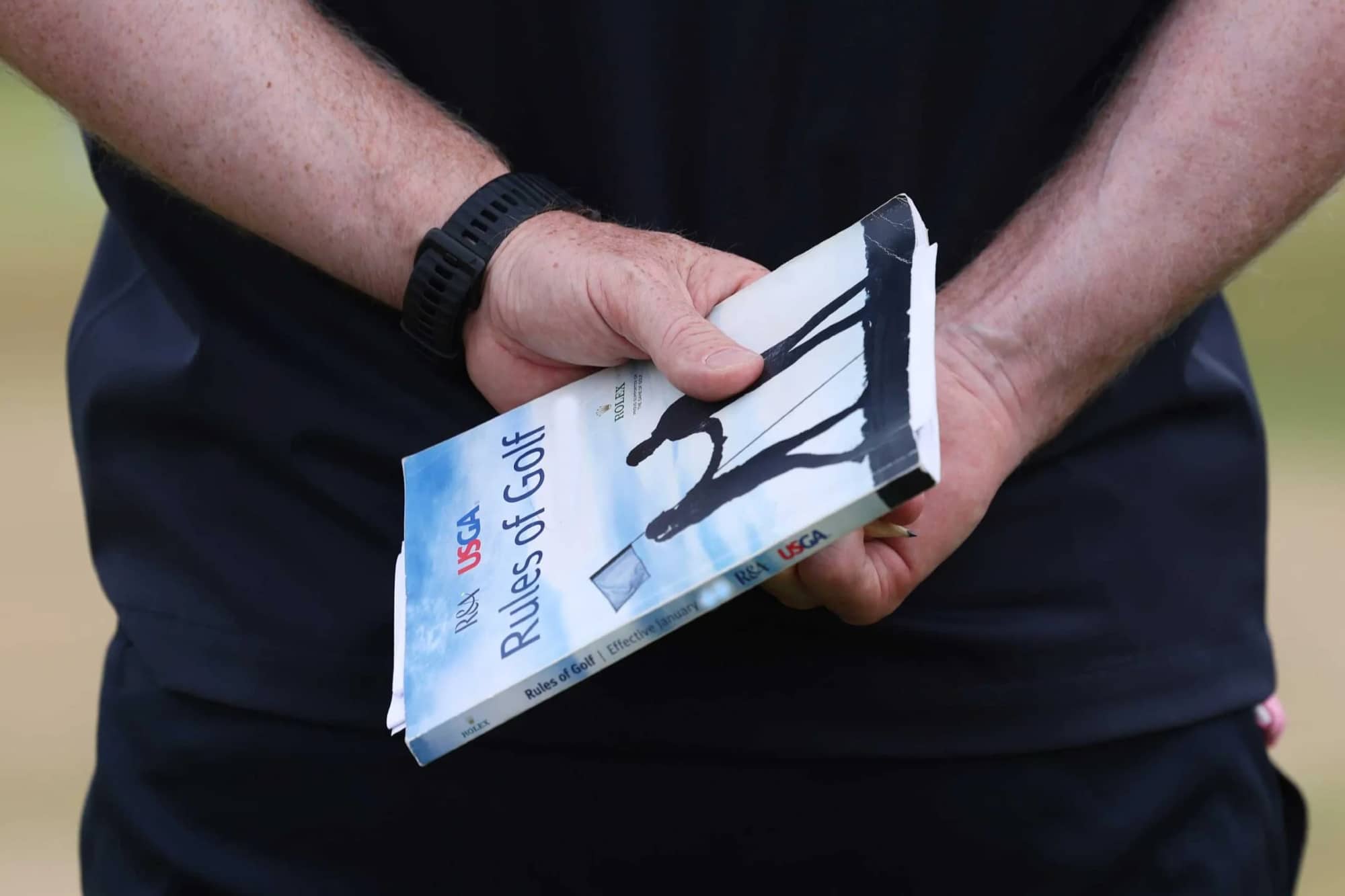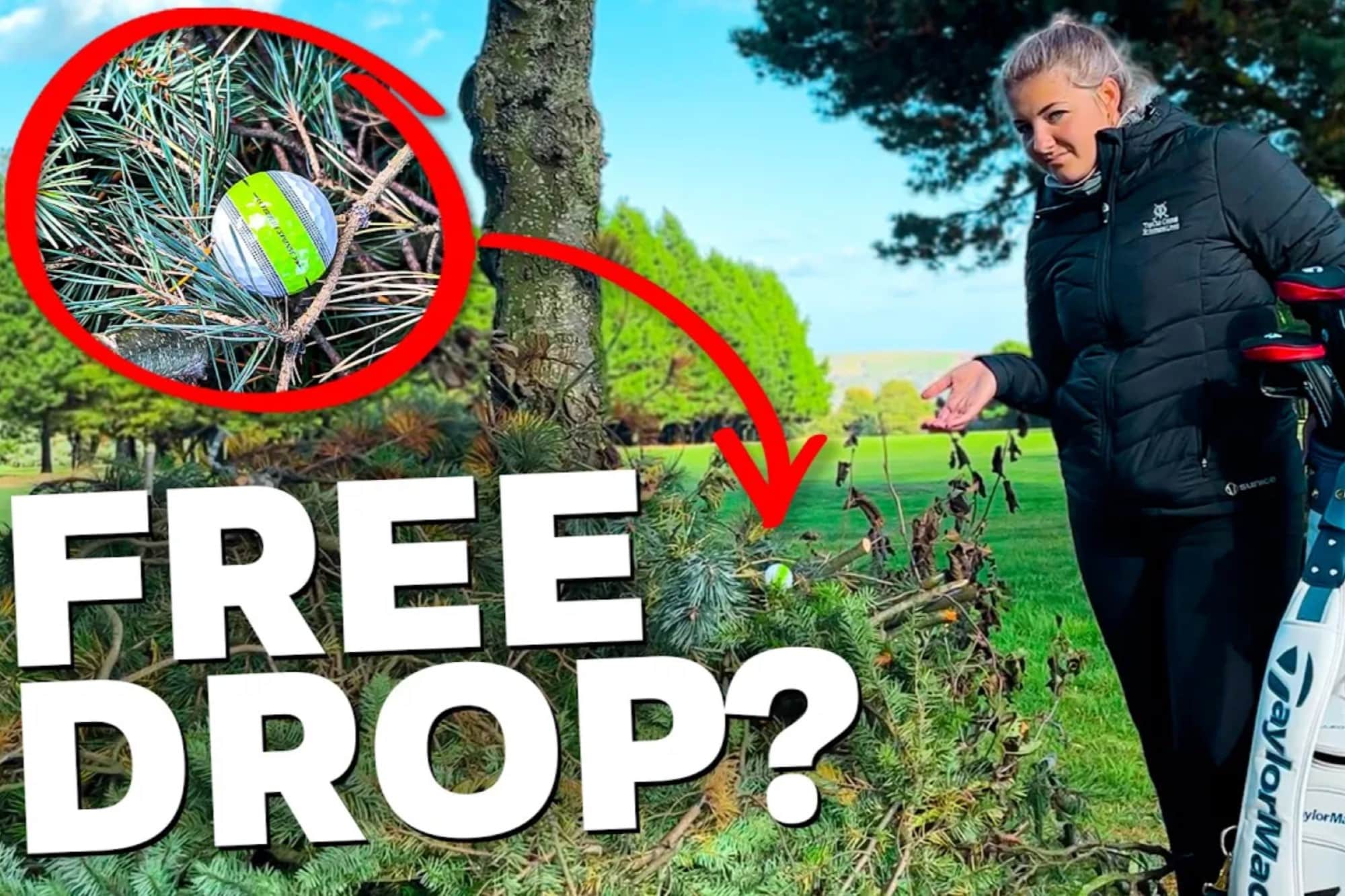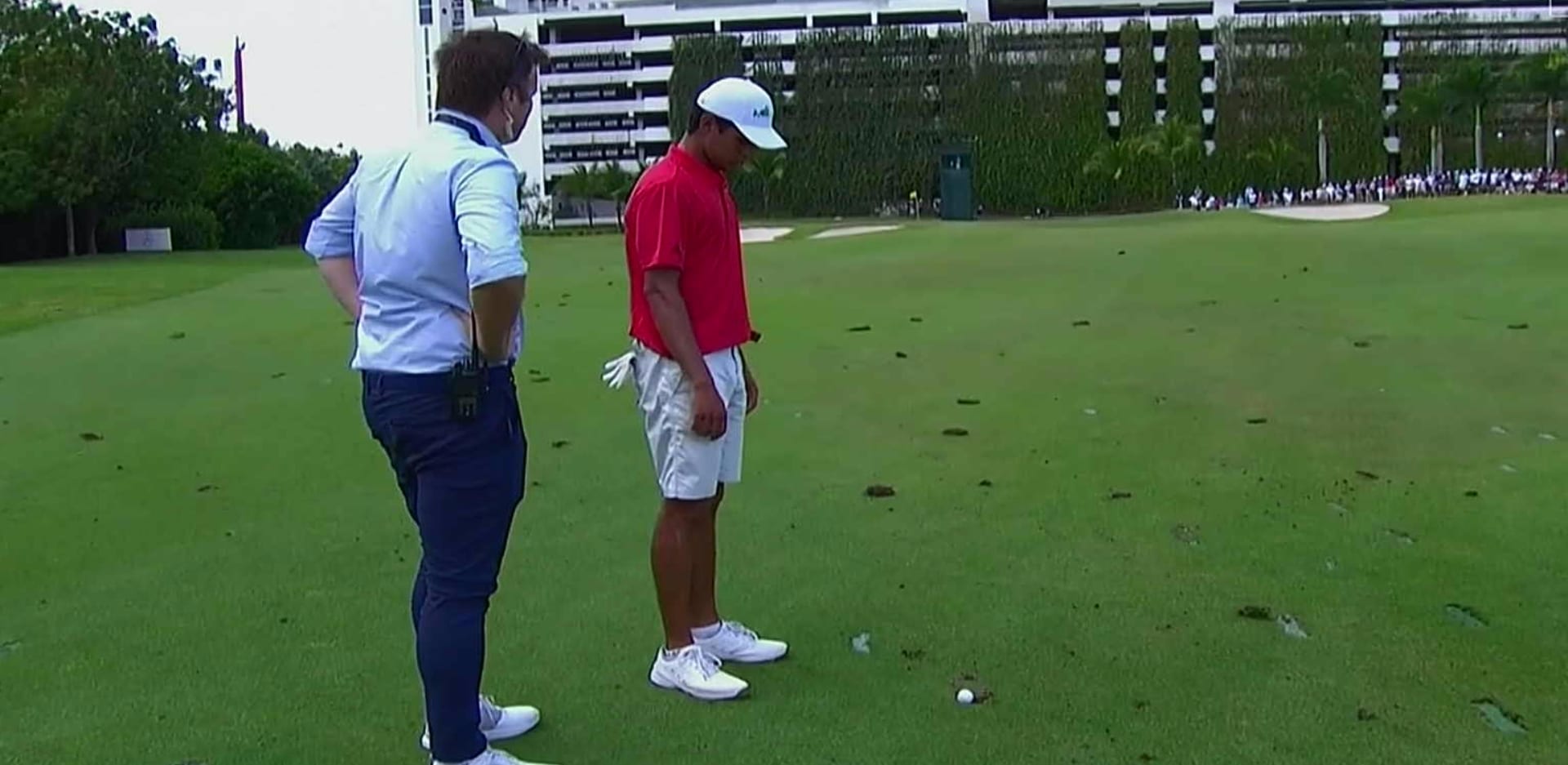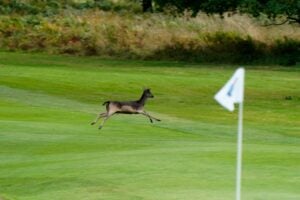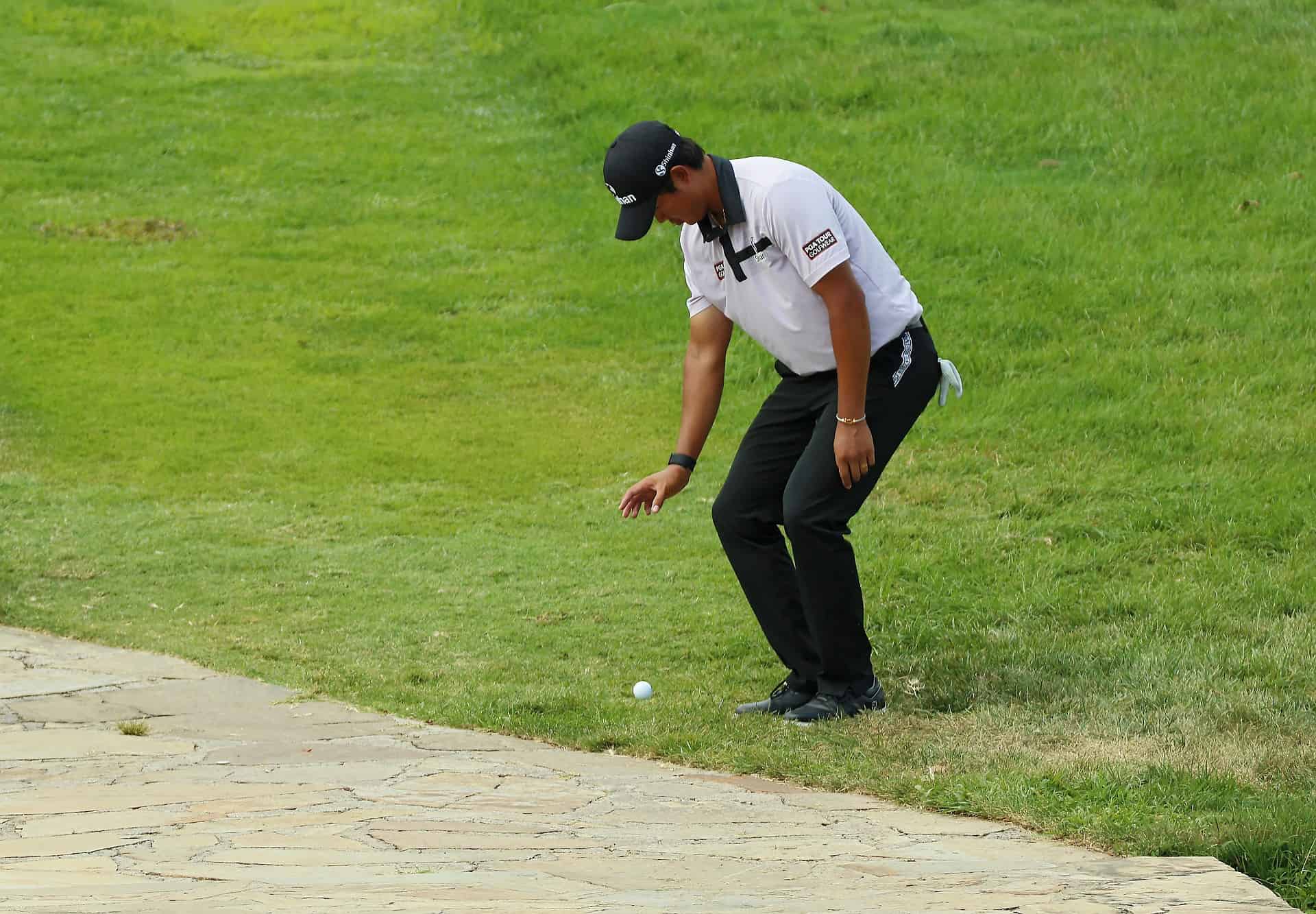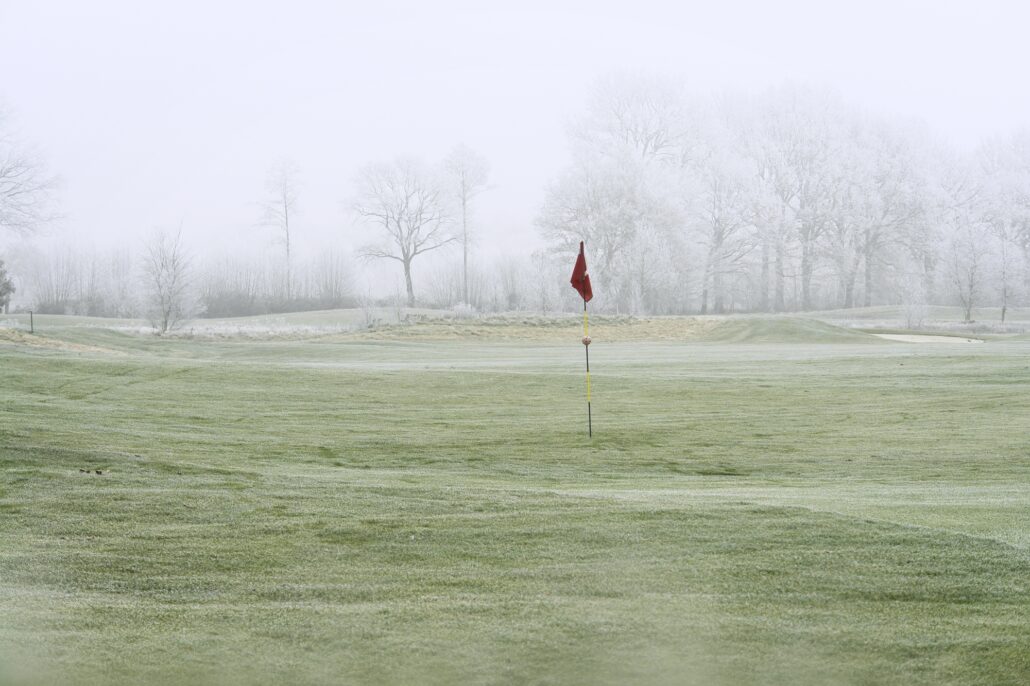
The five winter rules all golfers break
We’ve all done it, don’t worry. So as the weather turns and conditions worsen, Hannah Holden will keep you up to speed on golf’s winter rules you need to know
Here are five winter Rules of Golf that can save your scorecard.

Winter rules of golf: Preferred Lies
Preferred lies can be used throughout the year if a club deems the condition of the course requires people to be able to lift, clean, and place their golf balls. But it is most commonly used as a winter rule.
This comes under Rule 8E-3 – Special or Required Relief Procedures – and it can be put in play to allow fair play in abnormal conditions, or to help protect the fairway.
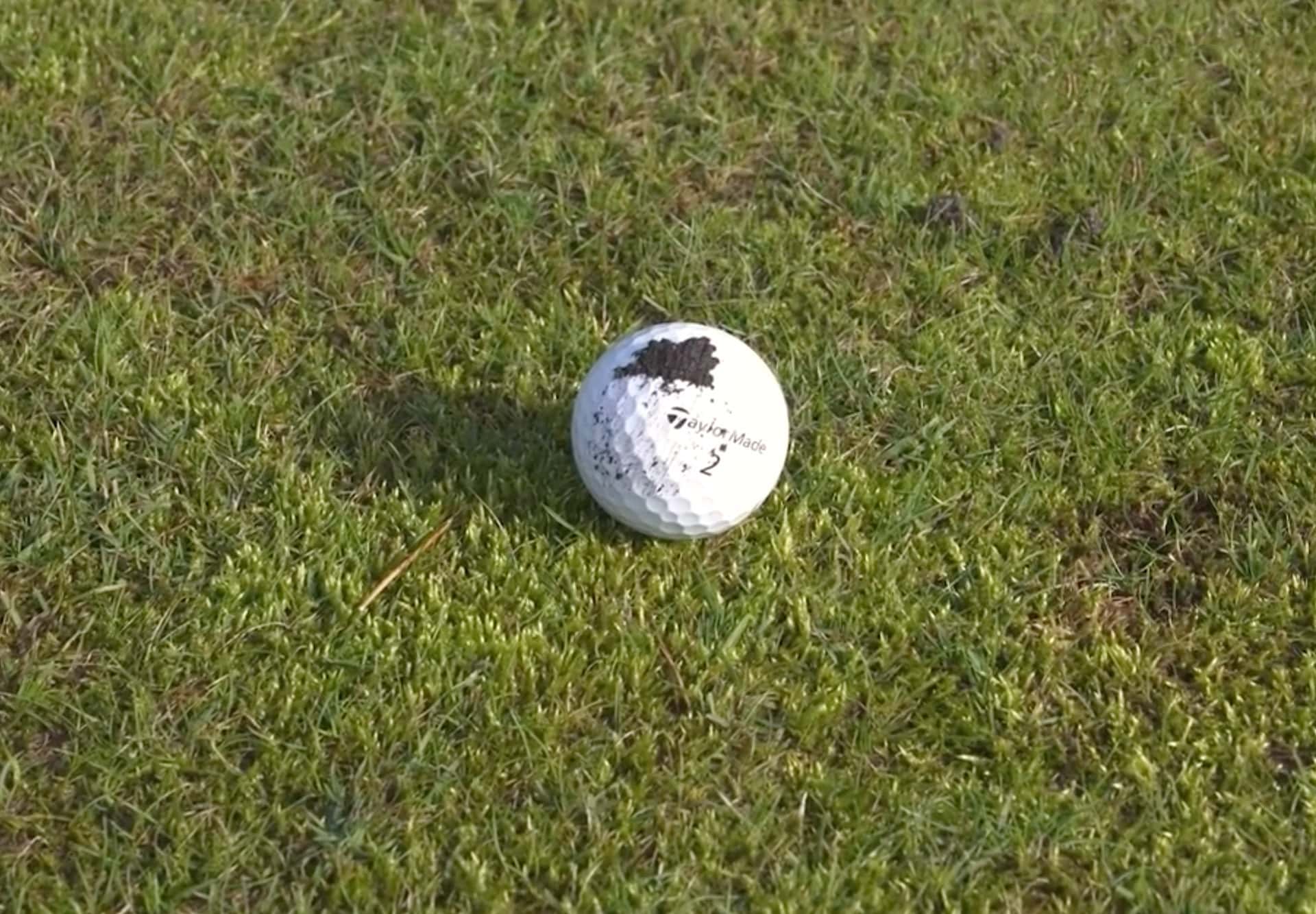
The preferred lies ruling is typically only in play on closely-mown areas, but again this is up to each individual club who can decide where on the course the rules apply.
So what is preferred lies relief? It allows you to lift, clean, and then replace your golf ball no nearer the hole.
You are allowed to move the ball – usually within a six-inch or one-club length distance from its original position – and you don’t have to mark the position of the ball before lifting, though it is good practice and helps you check if you have replaced the ball within the allocated distance.
But, most importantly, don’t use your club to move the ball!
Winter rules of golf: Embedded ball
Embedded balls are much more common in winter as golf courses get battered by wet weather. But if you find your ball embedded in the ground, it is likely you will be entitled to free relief.
This comes under Rule 16.3a, which states “when a player’s ball is embedded in the general area … the player may take free relief by dropping the original ball or another ball in this relief area”.
A golf ball is only classed as embedded if it is in its own pitchmark and if part of the ball is below the level of the ground. If you are not sure if your ball is embedded you can mark and lift it to double-check.
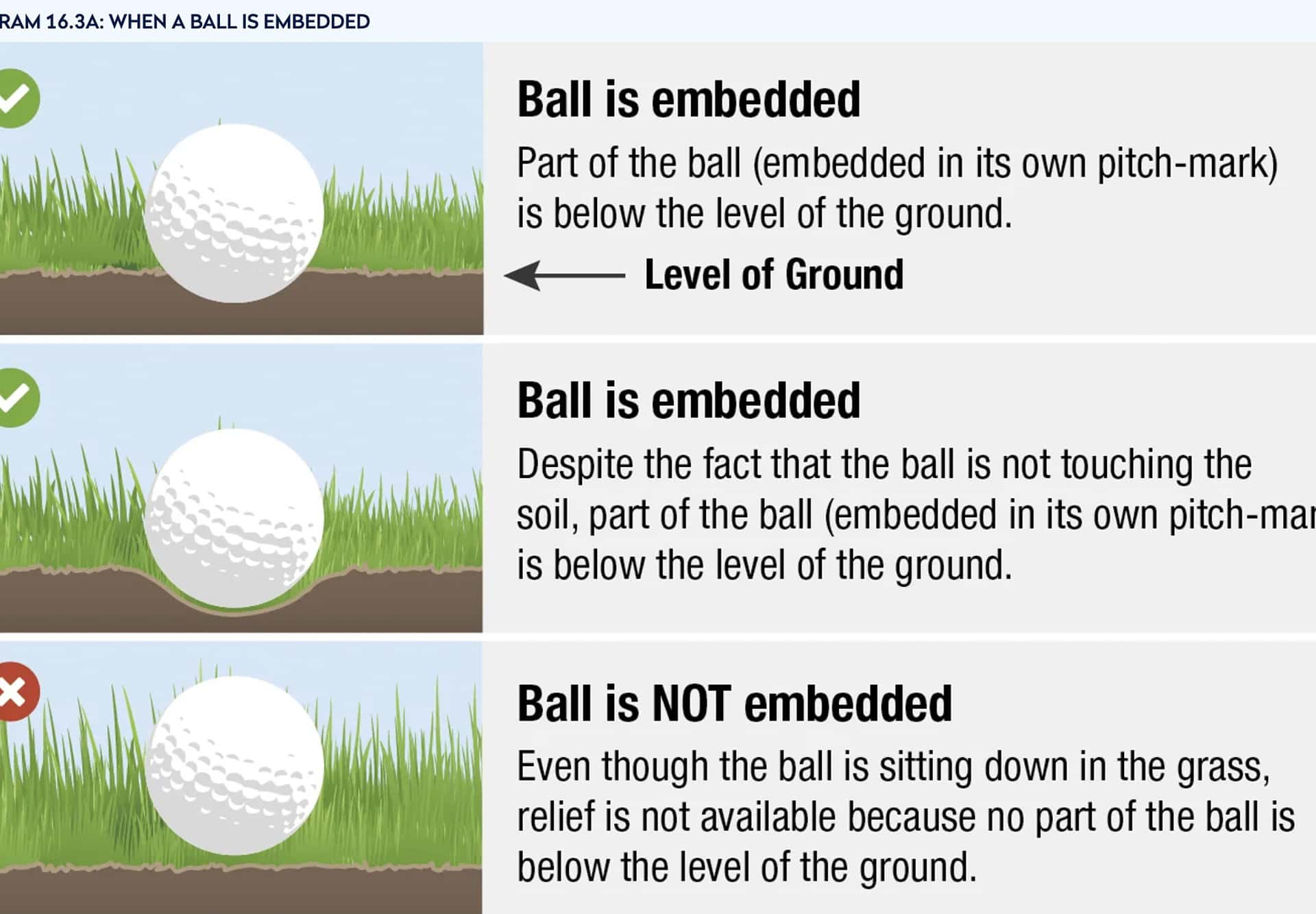
So how do you take relief? First, you need to mark the position of your reference point. That’s the spot right behind where the ball is embedded. Your relief area is then one club length, but it can’t be closer to the hole and it has to be in the general area.
Winter rules of golf: Accumulations of loose impediments
Firstly, you can remove a loose impediment “anywhere on or off the course and may do so in any way (such as by using a hand or foot or a club or other equipment)” under Rule 15.1a.
So if you find your ball surrounded by pine cones or leaves you can move them, providing that when you move them the golf ball doesn’t move.
But there is one situation where you can get a free drop from, and that’s a large accumulation of loose impediments.
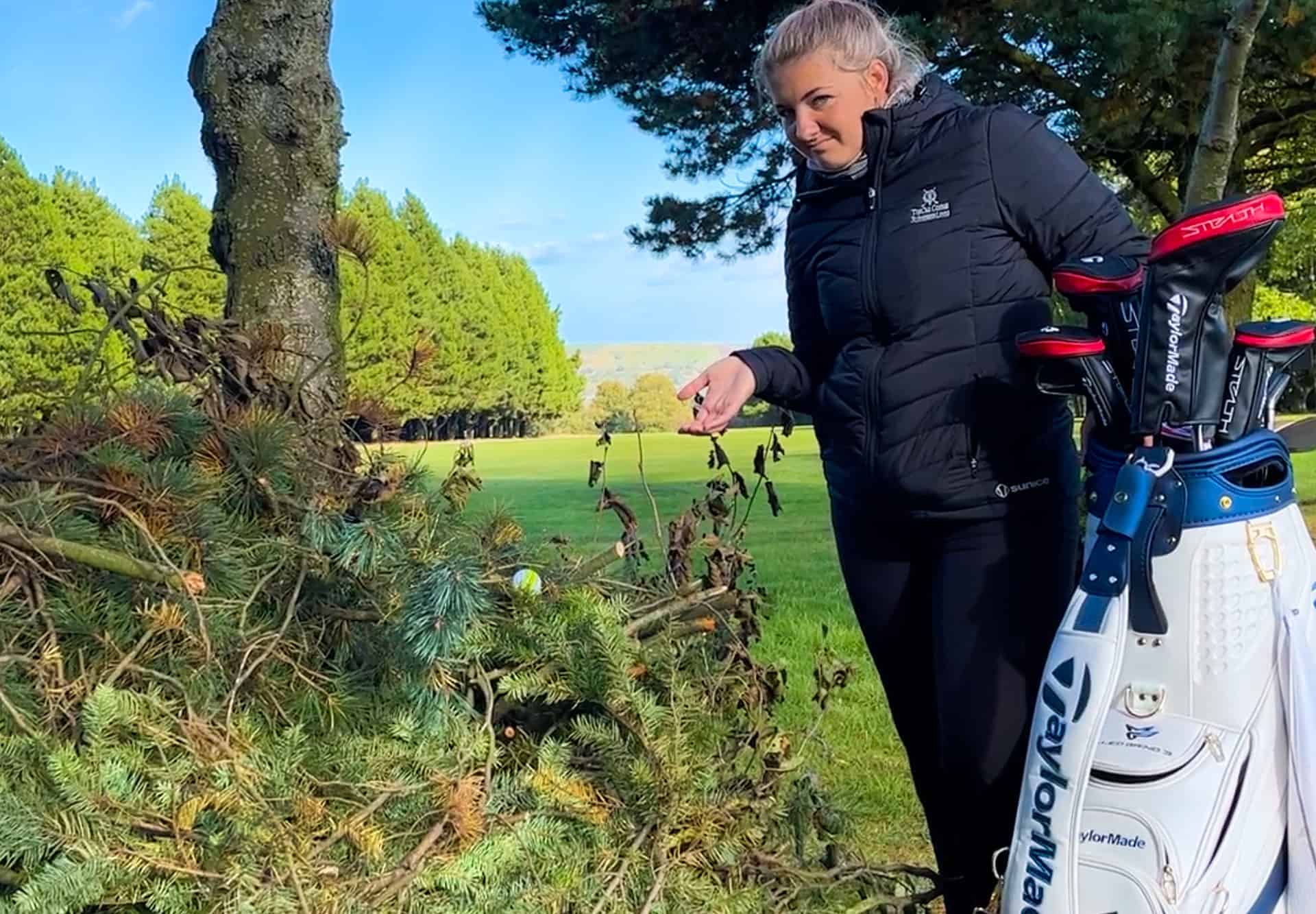
You can find this in the definitions, which state “grass cuttings, leaves, and any other material piled for later removal” are classed as ground under repair, meaning you are entitled to free relief.
To take relief, you find your nearest point of relief, and then you get a one-club length reference area – no nearer the hole – in which to drop your ball.
It is important to note this has to be a manual accumulation of loose impediments with the intent of removal and this rule would not apply if a large amount of leaves had simply blown onto a certain area of the golf course.
Winter rules of golf: Wrong green
When temporary greens are in play, the main green is classed as a wrong green. This means if you overshoot the mark and end up on the main putting surface you are unable to play the ball as it lies.
This comes under Rule 13.1f, and it is important to note this is not a choice. The rule states you have to take relief from the wrong green, even if you think you can just simply putt the ball off the surface back towards your intended target, you are not allowed to do this.
So how do you take relief? You get one-club length from the nearest point of relief. But you have to take complete relief meaning your ball, stance, and intended swing path must be off the putting surface.
Winter rules of golf: Standing water
Standing water is a frequent issue on golf courses across winter so do you have to play the ball as it lies?
The good news is if your golf ball is in water, but isn’t in the penalty area, then it’s in temporary water and you can take free relief under Rule 16.1.
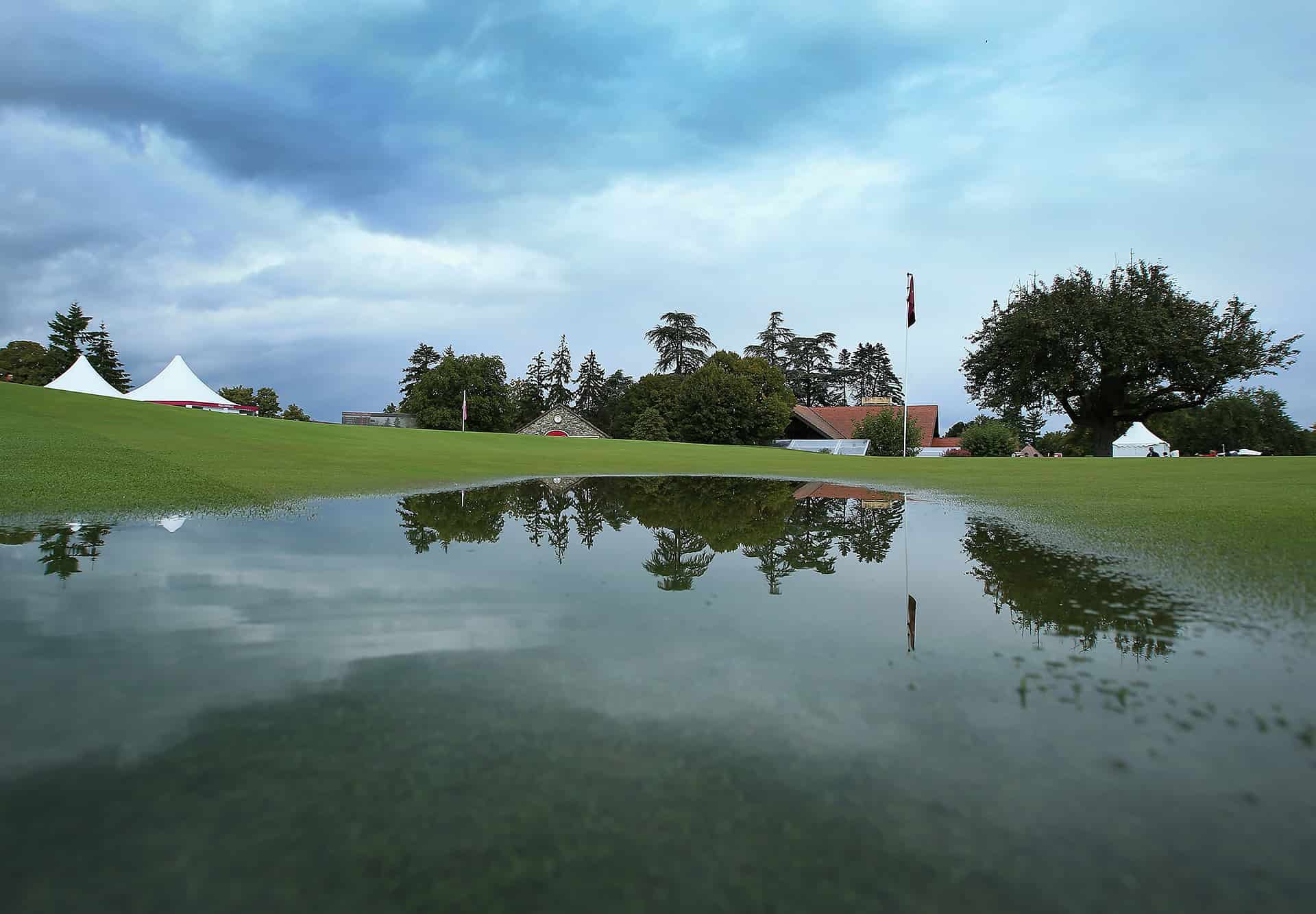
So how much water does there need to be? Any temporary accumulation of water on the surface of the ground that can be seen before or after you take a stance (without pressing down excessively with your feet) counts.
It is not enough for the ground to be merely wet, muddy, or soft or for the water to be momentarily visible as you step on the ground, an accumulation of water must remain present either before or after your stance is taken.
It is also worth noting that dew and frost are not temporary water. Snow and ice are either loose impediments or, when on the ground, temporary water, at your option.
Hannah Holden

Hannah Holden is the Equipment and Instruction Editor here at National Club Golfer. If you’re looking to improve your game, by changing your golf swing or upgrading your golf equipment she’ll have the answers.
As well as writing lots of features and reviews you can find her on our YouTube channel giving you insights on the latest rules, clubs and tips to improve your golf game.
Hannah is a member at Alwoodley golf club. You will either find her here or driving up and down the country playing in a variety of elite amateur events.


